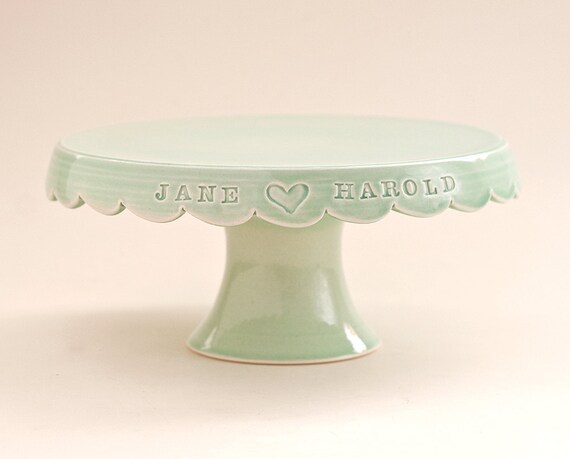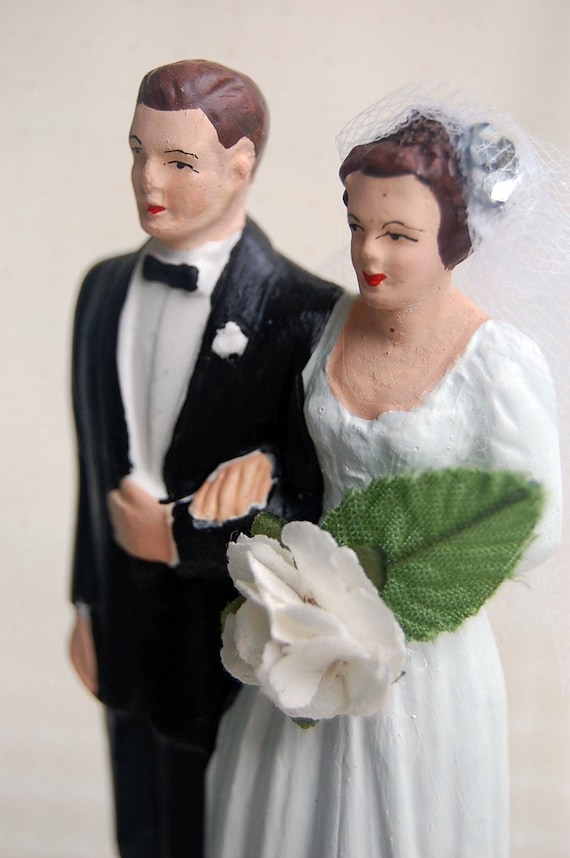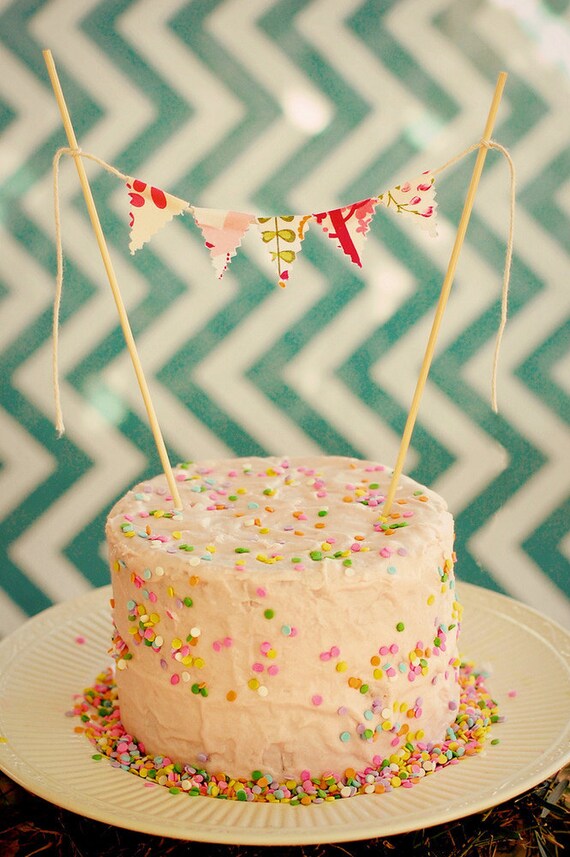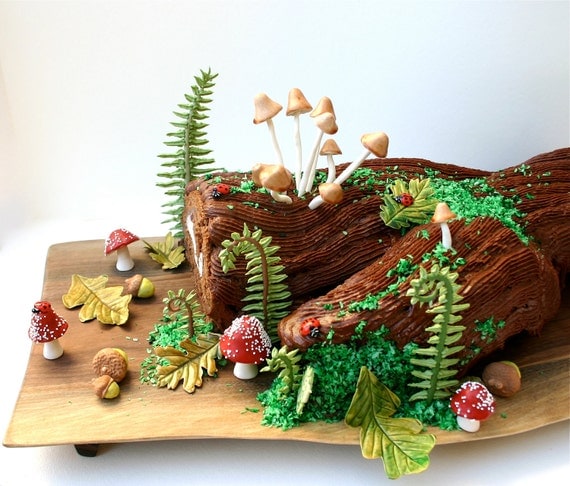Though weddings are as unique as the individuals getting married, the traditions involved are unquestionably routine. Their origins, however, are quite surprising.
Lest you believe a wedding cake exists simply to satisfy a bride’s sweet tooth, Carol Wilson explains its origin in a 2005 Gastronomica article. It was those superstitious Romans who originated the post-ceremony dessert. Back then, however, it was less fondant-ensconced and more rustic, made with barley, which symbolized fertility. It was customary for the groom to break the cake over the bride’s head, ensuring prosperity (and his dominance). This also, supposedly, symbolized the breaking of the bride’s virginity. (Puts a new spin on slicing the cake, doesn’t it?) Wedding attendants would scramble to catch the crumbs for good luck.
As Catherine Gee explains, 17th-century England saw the advent of the “bride’s pie,” a savory, often mincemeat-filled pastry that contained a glass ring (whoever found the ring would be the next to marry). Bride’s pie eventually became bride’s cake, and the use of refined sugar, a luxury in those days, denoted the bride’s family’s affluence.
The act of dual cake-cutting, which is now seen as a symbol of mutual support between a couple, was once much more practical. Before the Victorian era, a bride cut the cake all by herself. However, when fanciful, multi-tiered confections became the norm, the icing on the bottom layer of cake was so hard (in order to support the upper levels), a newly married woman actually needed her groom’s strength to break through it.









2
Sign in to add your ownKagi from SweetenedbyKagi says:
Great post!
12 years ago
A Botanical Press Production from ABotanicalPress says:
I love the eclectic feel of home-made diy wedding cakes. They have a story, a soul that no bought wedding cake can match. Check out our little experiment: http://www.abotanicalpressproduction.com/diy-wedding-cake/ <3 the article
12 years ago